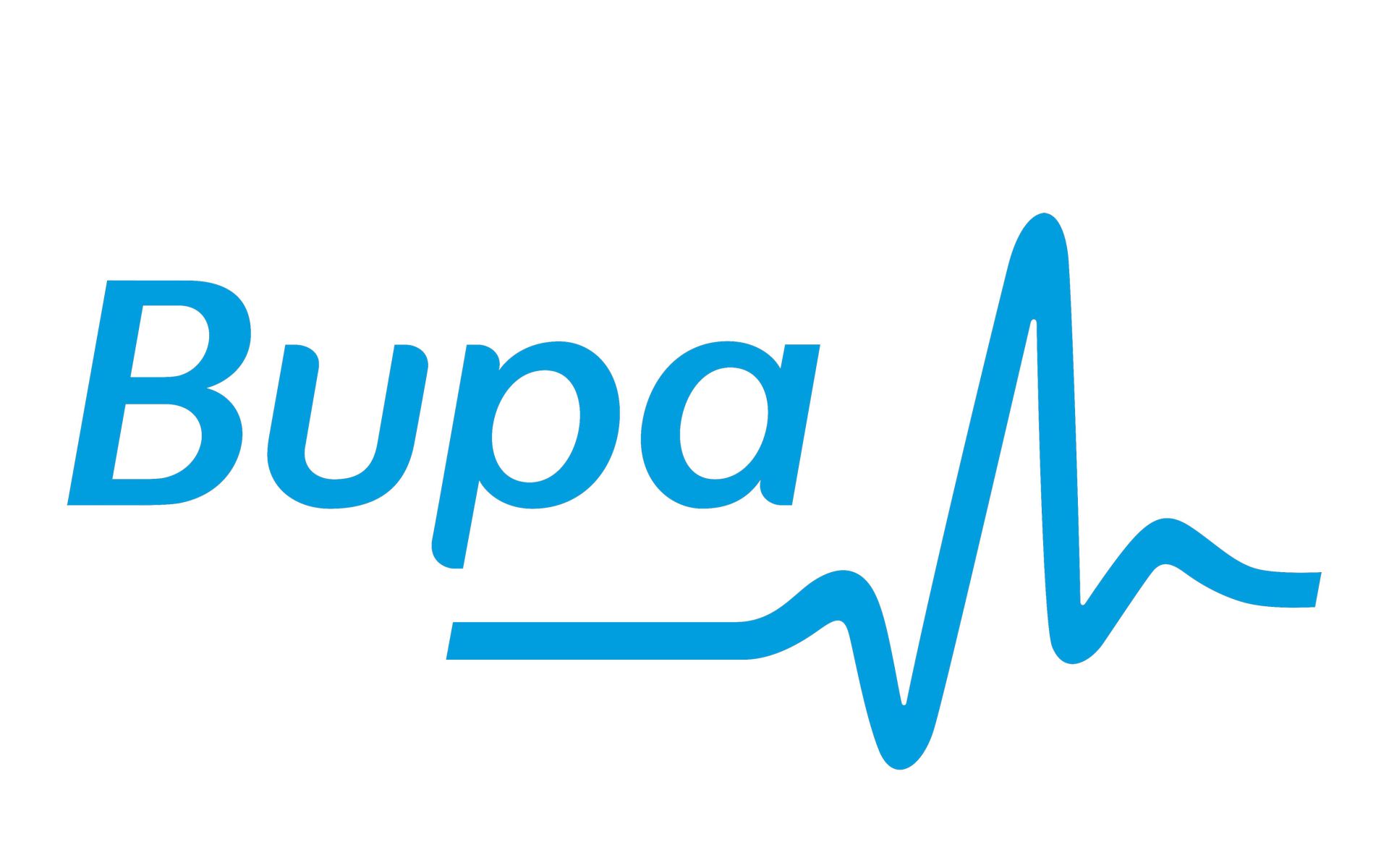Note: This makes all sizes equal and could alter the website layout.
Red:
Green:
Blue:
Red:
Green:
Blue:
Acupuncture for pain associated with Hypermobile Ehlos-Danlos Syndrome
Sian, a 25-year-old, graduate property surveyor presented in the clinic with longstanding widespread joint pain. She has a condition called Hypermobile Ehlos-Danlos Syndrome (hEDS). This is the most common sub-type of Ehlos-Danlos Syndrome, a disorder which belongs to a group of conditions which cause flexible joints and stretchy fragile skin. Symptoms do vary from person to person. Sian’s symptoms are disabling and at the time of seeing her she was suffering with multiple painful joint dislocations as well as generalised joint pain and fatigue.
Her particular concern was worsening pain for which she was keen to try acupuncture. Sian was losing her confidence as her dislocations were occurring spontaneously and frequently.
Sian fortunately lives with a hugely supportive family and they are very aware of the impact this has on her life as they see the difficulties that she encounters daily. Despite the difficulties and the reality of living with an incurable condition, Sian has approaches treatment with a positive attitude and she is very well informed.
At the initial assessment we noted that the range of movement in her joints was excessive and the supporting muscles surrounding her joints were weak. Pain was increased with movement and she was struggling to manage her fatigue. She was particularly struggling to manage neck and shoulder pain.
After the examination we discussed acupuncture. It was felt that if we aimed at managing her pain with acupuncture, she would then be able to do home exercises to help improve the strength of the muscles surrounding her joints. This is essential to improve the overall stability of her joints to help reduce the risk of dislocation and thus further damage to her joints as well as help to improve her function. In addition, physiotherapy treatment was aimed at managing her fatigue through pacing and lifestyle changes.
“Acupuncture has reduced my pain to a more manageable level. I have regained control to do everyday tasks, which were too difficult to do before”. states Sian
Acupuncture was introduced at the first treatment session and involved the insertion of fine needles at specific points with an emphasis on Sian’s neck and shoulders as this was where she was feeling most of her pain at the time. Needles were therefore inserted in her neck and shoulder regions (local points) and several points in her legs and feet (distal points). In addition, we used a combination of points known as the 4 gates. Together, this combination of points is used to increase circulation and decrease pain anywhere in the body. This combination creates a calming effect on the nervous system to alleviate insomnia, irritability, stress and anxiety.
By the second treatment pain had reduced a little so it was felt that Sian would tolerate a more intense treatment session. Additional needles were added and the amount of time the needles were in place was increased to maximise effect. Acupuncture is not painful, and Sian describes a feeling of ‘relaxation’ immediately upon application of the needles. This is what the Chinese refer to as ‘Qi’ and it is the vital flow of energy that circulates through the body. It is believed that if there is a deficiency in ‘Qi’ then it can lead to health problems. Acupuncture has its roots in ancient Chinese practises and these concepts can be applied along with a westernised approach (please see further explanation on the Physiofunction webpage). As well as improving pain, it helps improve rates of healing and recovery thereby enhancing treatment outcomes.
Treatments are carried out weekly as there has been a significant reduction in pain and the overall goal is for treatment to be gradually spaced out as a maintenance level is achieved. It is hoped that Sian could mostly manage her symptoms herself with exercises.
Sian commented that in addition to reduced pain, a reduction in the number of dislocations and improved muscle strength she generally feels “better in herself”. Patients receiving acupuncture for musculoskeletal conditions will often describe other effects such as “feeling relaxed”, better sleep and improved wellbeing.
Sian walks for 40 minutes each day, weather dependant. If she is unable to get outdoors, she either uses her treadmill or exercise bike. She does her physiotherapy exercises. This is a huge accomplishment for Sian. Her physiotherapy exercises have been carefully selected to help her strengthen and stabilise her joints safely without causing further harm.
Conclusion
Whilst acupuncture does not ‘cure’ Ehlos-Danlos syndrome it has helped to control pain in Sian’s joints which has allowed her to do strengthening and mobility exercises which has improved her joint stability, function, and quality of life. It is an effective form of treatment for managing chronic pain.
Patient's Accomplishments.
Acupuncture has reduced Sian’s pain enough for her to enjoy a more balanced lifestyle. Prior to having acupuncture Sian avoided walking on uneven surfaces for over 3 years. More recently Sian was able to walk on a pebbly beach with her family. In addition, Sian has completed her degree and qualified as a property surveyor. This took her longer than planned due to the fact she had so many flare ups in her symptoms that she had to embark on a year’s medical leave, so to complete her degree was a huge accomplishment. Sian enjoys daily walks with her family and her pet dogs.
“It has been incredible being part of Sian’s journey. She has such spirit and tenacity and seeing her make progress has been remarkable”.
Alison Austin MCSP, PhysioFunction




